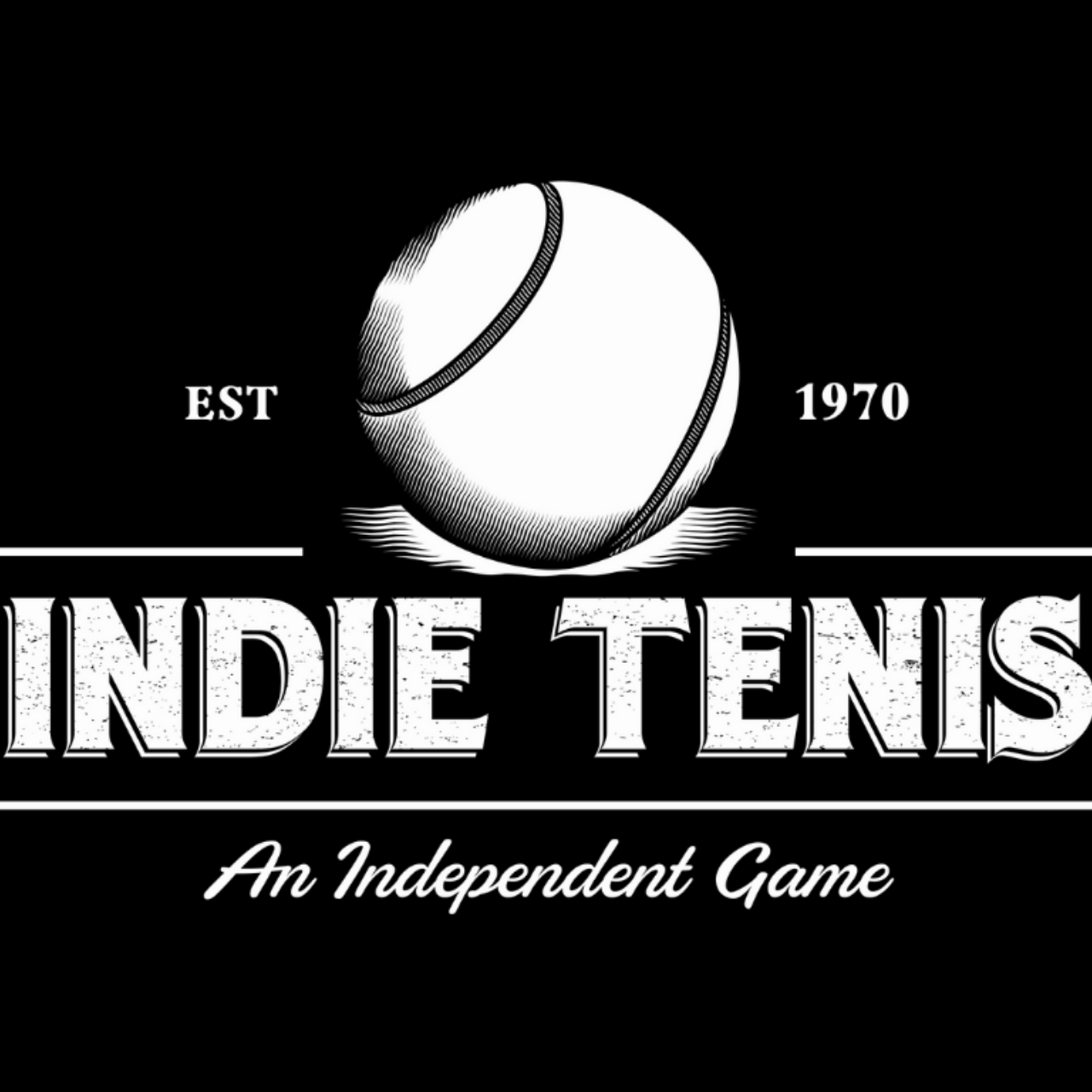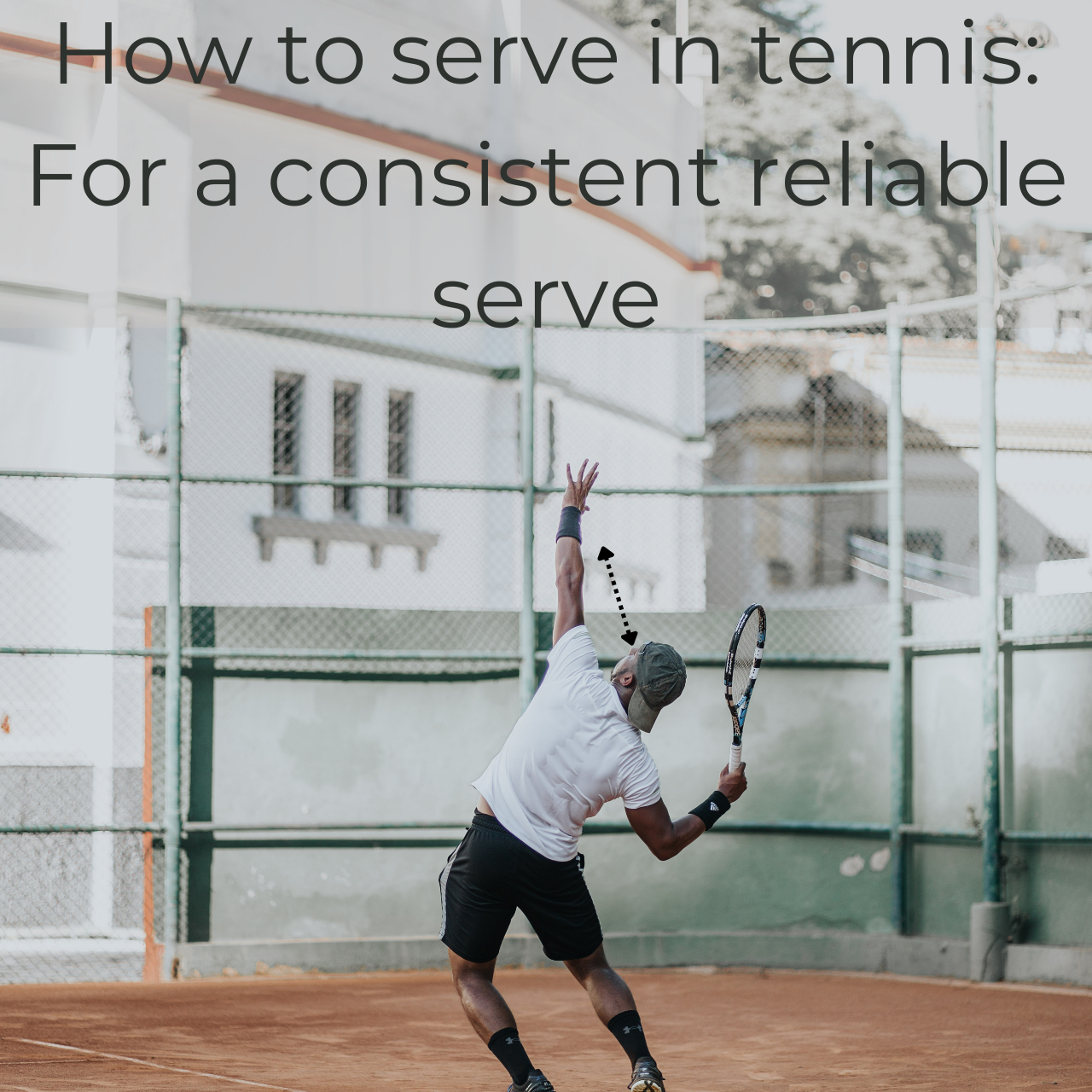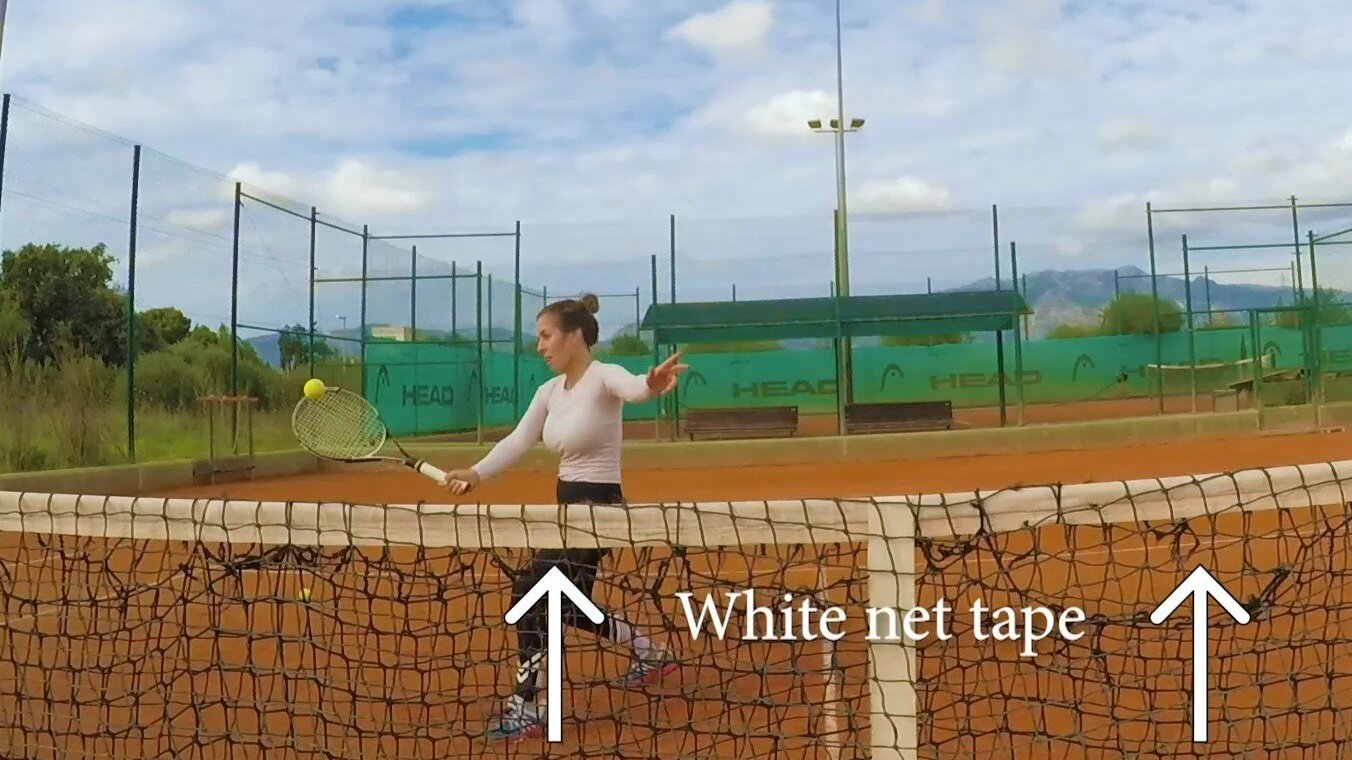How to Play Tennis Better: Powerful tennis tips for BEGINNERS
How to play tennis better is always the goal after you decide you like tennis enough to take that walk down learning & deepening your knowledge in the game. Starting down that road to play tennis better can be both thrilling and overwhelming.
You're investing time and effort, watched countless YouTube videos, but find yourself lost in the sea of tips and tricks that promise instant improvement. Despite the misleading "for beginners" labels, that road down the YouTube rabbit hole can leave you frustrated and questioning your progress.
The coaches seem to effortlessly execute powerful or tricky shots, while you struggle to keep the ball from hitting the frame or finding the bottom of the net. It's time to turn the tables and transform your tennis game.
Last adult tennis holiday, Mallorca 2024 - Get you spot!
The Missing Piece: Tennis classes
Amidst the chaos of online tutorials, there's a beacon of hope - tennis classes.
My number #1 tennis tip for beginners is to invest in structured tennis classes. These classes aren’t just about hitting a lot of tennis balls. They provide you with the attention to detail your unique game deserves. In my two decades of guiding adults to a better tennis level, I consistently see the transformation that occurs when adults commit to a structured learning environment. You’ll get feedback in a tennis class you wouldn’t get learning on your own. Mainly because you don’t know what you look like. And that’s where a certified tennis coach comes in. They know what to look for and correct efficiently.
Simple Tips for Overwhelming Moments
Tennis classes become your anchor, offering simple tennis tips for beginners. When the game starts to overwhelm and paralyze, tennis classes serve as a reminder of the basics. You'll realize that in order to play better tennis, isn't about mastering flashy tricks but understanding basic fundamentals. From proper grips to footwork, tennis classes break down the complexities into manageable, actionable steps.
Pro Tip:🌅
Don’t want to invest in tennis classes just yet? Try our How to Play Tennis online FREE fundamentals course to hear, see and understand everything you should be learning in your tennis classes as a beginner tennis player.
Adult tennis camps by playing level & travel destination for Summer 2024 check here.
Junior tennis camps Summer 2024 click here.
Tennis court geography
Understanding the intricate geography of the tennis court is akin to navigating the landscape of life itself. It unveils a realm of strategic possibilities, transforming your on-court experience. Understanding into the nuances of tennis court’s lines not only enhances you understanding the drills you’ll begin doing in tennis classes but also sharpens your discernment of high and low-percentage tennis shots. Mastering the fundamentals starts with a thorough grasp of the court's layout, an essential step for any adult player seeking to elevate their game.
Let's begin with the symmetry of the court's sidelines – a mirror image on both sides. The doubles sidelines come into play during doubles matches, accommodating four players on the court. Conversely, the singles sidelines become pivotal when engaging in singles matches, involving only two players.
The baseline, a linchpin in tennis court design, is your rendezvous point in both singles and doubles, standing 36 feet (10.97 meters) away from the net.
The service line sets the boundaries of the deuce & advantage service boxes, where serves must precisely land in either box.
In tennis, precision is paramount. Any contact of the ball with a line deems it "in." When uncertainty arises regarding a ball's proximity to a line, it is customary to call it in!
The center mark acts as a pivotal divider, separating the forehand and backhand sides of the court. This seemingly small detail holds significant implications for shot selection and court positioning.
The net, a silent adversary, stands at 3 feet in the middle and slightly higher at 3 feet 6 inches near the doubles sidelines. Understanding the net's dimensions is crucial for executing high & low percentage shots that clear the net with finesse.
In the chess game of tennis, the smartest move, often a high-percentage shot, involves hitting cross-court. This strategic choice ensures the ball's trajectory passes through the lowest part of the net, providing ample court width to keep the ball in play consistently.
A word of caution to shots down the line. This path, while potentially rewarding, poses higher risks, requiring a precise execution over the highest part of the net and in close proximity to the single or doubles sideline. Exercise caution when opting to hit this daring shot because the stakes are higher.
How to keep score in tennis
In tennis, keeping score is tricky at first, but with these beginner-friendly tips, you'll get it in no time!
Game Points: A game has four points: 0, 15, 30, and 40. When you hear these numbers during a game, it means someone is scoring points.
Sets and Matches: Inside a set, there are six games. Winning a set involves reaching either 6 - 3 or 6 - 1. To win an entire match, you need to win two out of three sets. In men's tennis on the ATP Tour, it's three out of five sets.
Deuce and Advantage: Sometimes, the score reaches 40 - 40 (deuce). If the server wins the next point, it's called "Ad-In" (Advantage In). If the receiver wins, it's "Ad-Out" (Advantage Out). This decides who's in the lead.
Position on the Court: Depending on the score called out, stand on the side of the center mark that matches the score. The server always calls out their score 1st. If they call out the wrong score, acknowledge it immediately with the correct score.
Tiebreakers: When the overall game score ties at 6 - 6, a tiebreaker comes into play. This decides the winner, and a common tiebreaker goes up to 10 points, counted as 1, 2, 3, and so on.
Handy Tip: Check out the cheat sheet above. Stand to the right of the center mark for even scores and to the left for odd scores. Remember, 40 - 15 or 15 - 40 puts you on the right side of the center mark when serving or receiving.
Tennis Solo: Wall practice for beginners
Struggling to find a practice partner? Find a wall for a fantastic and budget-friendly solution. Before delving into private lessons, especially if you're exploring deeper aspects of the game like club tournaments or league play. Hitting against a wall can really fun, stress relieving and beneficial for your tennis game.
To kickstart your solo tennis journey, explore Meetup.com to find local tennis groups or players in your neighborhood. Connecting with other players opens doors to valuable practice sessions where you meet players, play for free, or split a small court fee. I've organized such sessions in Mallorca, and the positive response speaks volumes. Players love the camaraderie meeting new people who play tennis and the chance to elevate their game, especially when they’re just starting out.
Protip: Learn the difference between a rally & a volley🤔.
Rally: Rallies are when you and your partner smoothly exchange at least 4 - 6 shots, balls that bounce on the ground. Those shots hit from behind the baseline on both your forehand and backhand? Yup, they’re your groundstrokes.
Volleys: Volleys are real game-changers when executed well. These shots don't give the ball a chance to touch the ground. Both your forehand & backhand volleys are hit out of the air, never on a bounce at net and meant to end a point quickly.
Basic rules in tennis
With these beginner-friendly tips, you're ready to step onto the court and enjoy the game.
Bouncing Basics: The ball bounces once, not twice or thrice.
Lines Matter: If the ball grazes any part of the court lines, it's considered good. Trust your gut when in doubt – call it in!
Serving Secrets: Hold two balls for your serve, not just one. And don't stress about the toss. Take as many ball tosses as you need because it’s legal.
Score Announcing: When serving, kick off the game by announcing your score first. The server always calls out the score!
Court Courtesy: If a stray ball interrupts your game, call a "LET" and replay the point.
Etiquette Matters: Rule #1 of tennis etiquette – if others are on the court, ask before passing through. It's a timeless rule that still holds weight.
Communicate Clearly: Before sending a stray ball over to the other side or another court, shout out a clear "Ball coming!" This simple alert prevents unwanted surprises and keeps the game smooth and people uninjured and aware what’s coming.
How to hit your best forehand
Let's break down the secrets (which are no secret) to perfecting your forehand game. Your forehand is the star of the show, dominating more than 70% of your shots on court. It's all about consistency and reliability, knowing when to unleash power and when to play it safe! 😎
BEGINNER'S GUIDE TO THE PERFECT FOREHAND
Grip It Right: Start off with the Eastern grip for your beginner forehand. It sets the stage for solid and deep balls.
Racket Movement: Take the racket back and low. Think of lifting the ball over the net at a comfortable 6 feet high. Finish the stroke on the opposite shoulder for a gorgeous finish.
Focus on Contact: Keep that contact point out in front of you by utilizing your non-dominant hand. It's the key to a well-executed forehand.
Body Positioning: Always begin any tennis stroke from it’s a ready position with your hips parallel to the net.
Timing is Power: When you're on time, well-balanced, and that contact point is right where it should be (out by your non-dominant hand) that's your cue to swing the racket fast for that power boost you all love! If you're off-balance, late, or miss your contact point, pull back, play it safe and stay in the point. There’s another forehand right around the corner :)
How to serve in tennis
Your next big shot to conquer on the tennis court is your serve! Mastering the continental grip is your real ticket to success, especially as a beginner. Trust me, skipping this grip now will only make things tougher when you hit that intermediate level.
Many tennis strokes demand the continental grip, so neglecting it can seriously hinder your game improvement. Frustrated adult intermediates approach me all the time on tennis holidays in Mallorca, struggling to progress.
The root cause? Sticking to a single playing grip. The forehand playing grip. That grip is terrific to get your game started on your forehand (I still play at an advanced level in an eastern forehand grip) but it truly limits you and spells disaster for your game evolution to play all tennis strokes in this grip.
Now, onto the essentials:
QUICK TIPS FOR THE BEGINNER SERVE
Grip It Right: Embrace the continental grip from the get-go. It's your foundation for a killer serve.
Step-by-Step Learning: Coordinate your serve with progressions. Take it step by step, and you'll find your rhythm.
Perfect Your Toss: Treat your ball toss seriously. Aim for a 1 PM time on the clock – not too high, not too low.
Toss Troubles? Retry: If your toss goes south, don't hit it. Toss it again. Legally, you have as many chances as you need.
Location is Key: Your serve should be over your head, not just off your shoulder.
Finish Strong: Wrap up your serve over the baseline, then smoothly move back into position behind the baseline.
Avoid Foot Faults: Contact with the toss past the baseline results in a foot fault. Stay behind the baseline, and you're in the clear.
Improvement Tip: Set up targets in the service box to vary your shots to aim for the opponent's forehand, body, or backhand.
With these serving moves, you're on your way to acing that serve like an intermediate :)
How to hit a beginner backhand
On to your beginner backhand, and let’s keep it simple and start you off with the two-handed backhand.
While a one-handed backhand may look better, it can be a challenge to control and achieve depth & control at first.
TENNIS TIPS FOR THE BEGINNER BACKHAND
The Grip: Utilize the continental grip for your two-handed backhand. It's your secret weapon for a solid, deep shot.
Understanding Leverage: Recognize that the two-handed backhand offers less reach with 2 hands on the racket compared to the forehand. Adjust your contact point on the 2 handed backhand by hitting the ball closer to your body.
Extension Dynamics: As you execute the shot, ensure your racket extends off & away from your chest and finishes on the opposite shoulder. The butt of your racket handle should face your opponent on your best finish.
Ready Position: After the shot, smoothly transition back into your ready position in your eastern grip as though you anticipate the next shot being a forehand. Remember 70% of your shots will be forehands!
The beginner volley
Whether you decide on playing doubles or singles, volleys are those swift shots that don't bounce on the ground, making them essential in both game formats. Keep in mind you’re at the net when you hit volleys and they never bounce on the ground at the net. 😌
BEGINNER TENNIS VOLLEY TIPS FOR SOLID PLAY
Stay Agile: Fear not! Standing at the net means the balls will reach you faster, so stay on your toes and show no fear.
Early Point Finishers: Volleys are your secret weapon for ending a point early & in your favor.
Grip It Right: Whether it's on the forehand or backhand side, use the continental grip for solid volleys.
Perfect Contact: Ensure your contact point is out in front of you, never on the side or hit behind you.
Depth Matters: Return your volleys deep into the court. This strategic move keeps your opponent behind the baseline, avoiding a rush by them to the net.
Compact Swing: Your racket swing is cut down to virtually nothing. No need to take your racket all the way back. Think of hitting your volleys as much as you’d give your buddy a spirited High 5! 🙌
Wrist Posture: Maintain an upright L-shaped posture with your wrist.
Net Discipline: Keep an eye on that white tape on the net. Avoid dropping your racket head below it – this adds aggression and ensures the ball clears the net.
The overhead smash
Keep your head up until you make contact with the ball
Let's dive into the intimidating yet crucial world of the overhead smash in tennis. At first glance, it’ll seem like a daunting shot. But think of it as your serve with a twist. A ball hurtling down towards you, demanding impeccable timing. The overhead smash typically responds to a lob, where someone tries to send the ball over your head and behind you.
Your move? Either time it well, reach up, and snatch it out of the air, or let it bounce and then execute the shot over your head.
TENNIS TIPS FOR THE BEGINNER OVERHEAD SMASH
Comfort is Key: Begin by playing to your comfort level. If it feels uneasy, let the ball bounce. You'll have more time and less mental friction to execute the shot over your head.
The Grip: Use the continental grip for a solid overhead smash.
Timing Practice: Hit the ball out of the air or off a high bounce to get accustomed to the timing required for this shot.
Strategic Aiming: Aim where your opponent isn't. Use the overhead smash to gain control and end the point.
Full Extension: Ensure a full upward extension when making contact with the ball, just like you do on your serve.
Keep Your Focus: Maintain eye contact with the ball until the moment of contact.
If you're eager to go deeper into mastering the beginner overhead smash, click here.
In a nutshell:
Remember! This is for beginners. To often we overwhelm beginners with things beyond their scope when they’re just starting out.
Beginners only need to learn the basics, the foundations of the game that you’ll find everything in our free online tennis course. Beginners need to get comfortable rallying a tennis ball, know how to keep score & where they’re standing (not in no-man’s land, ever), recover after each shot in preparation for the next! Get comfy getting your serve inside the box, when you’re more comfortable add some racket speed (power) and move the ball around the box.
And know the basic rules & basic tennis grips. That’s enough for now!
Sign-up for our newsletter below & we’ll let you know when I have single tennis holidays for beginners on Mallorca or elsewhere you can join. We’d love to improve your game!
With love from Mallorca💃🏽~









